
Sherwood Forest is a royal forest in Nottinghamshire, England, famous by its historic association with the legend of Robin Hood.
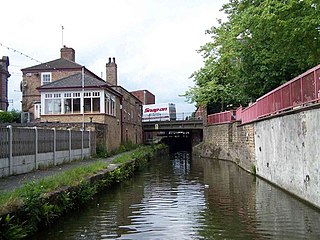
Worksop is the largest town in the Bassetlaw district of Nottinghamshire, England. Worksop lies on the River Ryton, and is located at the northern edge of Sherwood Forest. Worksop is located 19 miles (31 km) east-south-east of Sheffield, with a population of 41,820.

Ollerton is a small town in Nottinghamshire, England, on the edge of Sherwood Forest in the area known as the Dukeries. It forms part of the civil parish of Ollerton and Boughton and is in Newark and Sherwood District. The population of this civil parish at the 2011 census was 9,840.

Whitwell is a small village located in Derbyshire, England. The population of the civil parish taken at the 2011 Census was 3,900.

King's Mill Hospital is an acute general district hospital serving the population of north Nottinghamshire and parts of Derbyshire and Lincolnshire. It is managed by the Sherwood Forest Hospitals NHS Foundation Trust. The majority of the hospital buildings are inside Ashfield District Council area with some peripheral buildings falling under Mansfield District Council planning controls.
William de Lovetot, Lord of Hallamshire, possibly descended from the Norman Baron Ricardus Surdus, was an Anglo-Norman Baron from Huntingdonshire, often credited as the founder of Sheffield, England.

Tuxford is a village and a civil parish on the southern edge of the Bassetlaw district of Nottinghamshire, England. It may also be considered a small town as it was historically a market town. At the 2001 census, it had a population of 2,516, increasing to 2,649 at the 2011 census.

Hidden Valleys is a name, coined in 2004, used to describe an area of interesting historical and scenic value between the city of Nottingham and the town of Mansfield in the English ceremonial county of Nottinghamshire. Promotional literature and tourist information for the Hidden Valleys were created to encourage tourism in an area that had been blighted by industrial decline. Partners in the project were: Ashfield District Council; Gedling Borough Council; the East Midlands Development Agency; Nottinghamshire County Council; and the Coalfields Regeneration Trust. It was intended by the partners that the name would help the Ashfield area compete with the Peak District and Sherwood Forest.
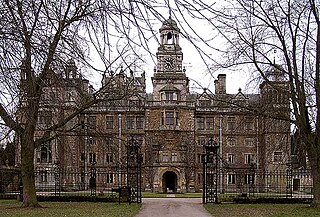
Thoresby Hall is a grade I listed 19th-century country house in Budby, Nottinghamshire, some 2 miles north of Ollerton. It is one of four neighbouring country houses and estates in the Dukeries in north Nottinghamshire all occupied by dukes at one time during their history. The hall is constructed of rock-faced ashlar with ashlar dressings. It is built in four storeys with a square floor plan surrounding a central courtyard, nine bays wide and eight bays deep.

Worksop Manor is a Grade I listed 18th-century country house in Bassetlaw, Nottinghamshire. It stands in one of the four contiguous estates in the Dukeries area of Nottinghamshire. Traditionally, the Lord of the Manor of Worksop may assist a British monarch at his or her coronation by providing a glove and putting it on the monarch's right hand and supporting his or her right arm. Worksop Manor was the seat of the ancient Lords of Worksop.
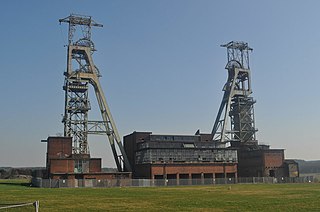
Clipstone Colliery was a coal mine situated near the village of the same name on the edge of an area of Nottinghamshire known as “The Dukeries” because of the number of stately homes in the area. The colliery was owned by the Bolsover Colliery Company and passed to the National Coal Board in 1947. The headstocks and powerhouse are grade II listed buildings.
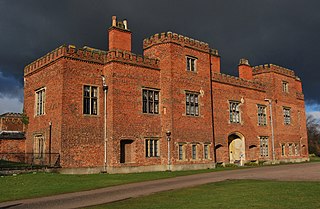
Holme Pierrepont Hall is a medieval hall in Holme Pierrepont near Nottingham. It is a Grade I listed building.

Darlton Gliding Club (DGC) is a gliding club located in Nottinghamshire near the village of Tuxford.

The Avenues is an area of high status Victorian housing located in the north-west of Kingston upon Hull, England. It is formed by four main tree-lined straight avenues running west off the north-north-east/south-south-west running Princes Avenue.
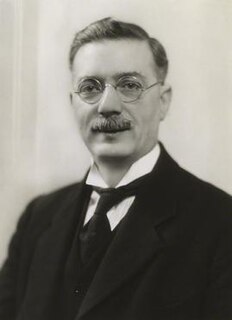
George Alfred Spencer was an English miner, trade union leader and Member of Parliament from 1918 to 1929 for Broxtowe.

The Nottinghamshire Miners' Association was a trade union representing coal miners in Nottinghamshire, in England.

Dukeries Junction, originally Tuxford Exchange, was a railway station near Tuxford, Nottinghamshire, England. The station opened in 1897 and closed in 1950. It was located at the bridge where the Lancashire, Derbyshire and East Coast Railway crossed over the East Coast Main Line (ECML), with sets of platforms on both lines. The high-level location is now part of the High Marnham Test Track.
Tuxford North railway station once served the village of Tuxford in Nottinghamshire, England.
This page is based on this
Wikipedia article Text is available under the
CC BY-SA 4.0 license; additional terms may apply.
Images, videos and audio are available under their respective licenses.















